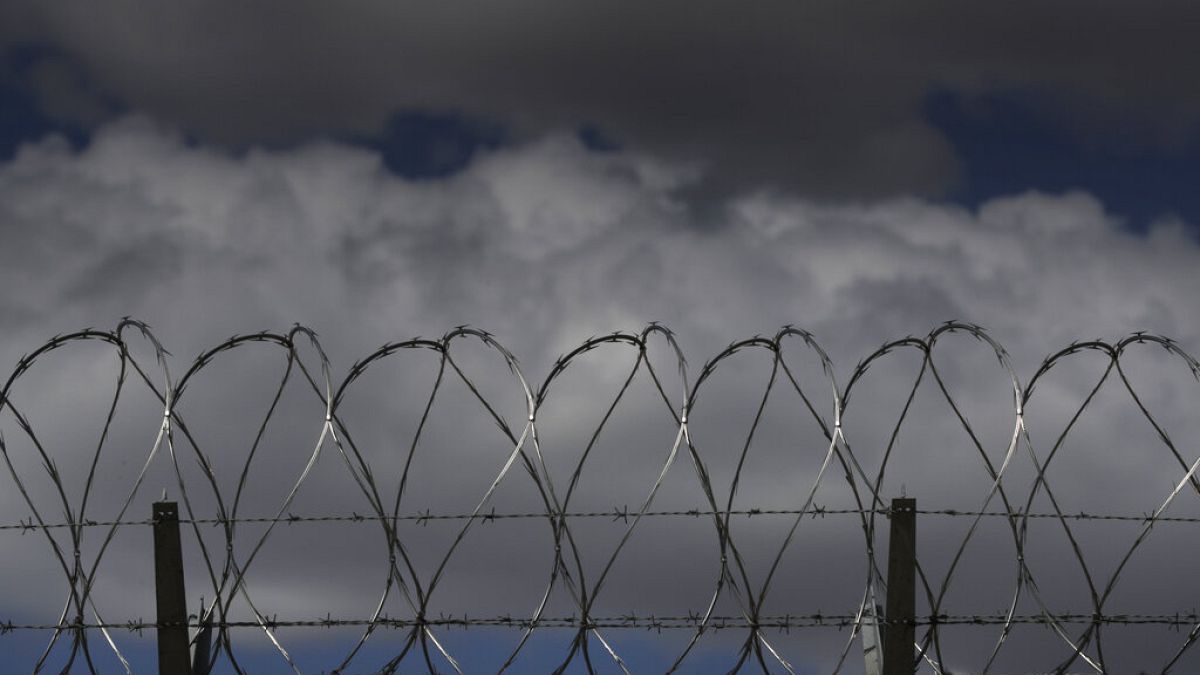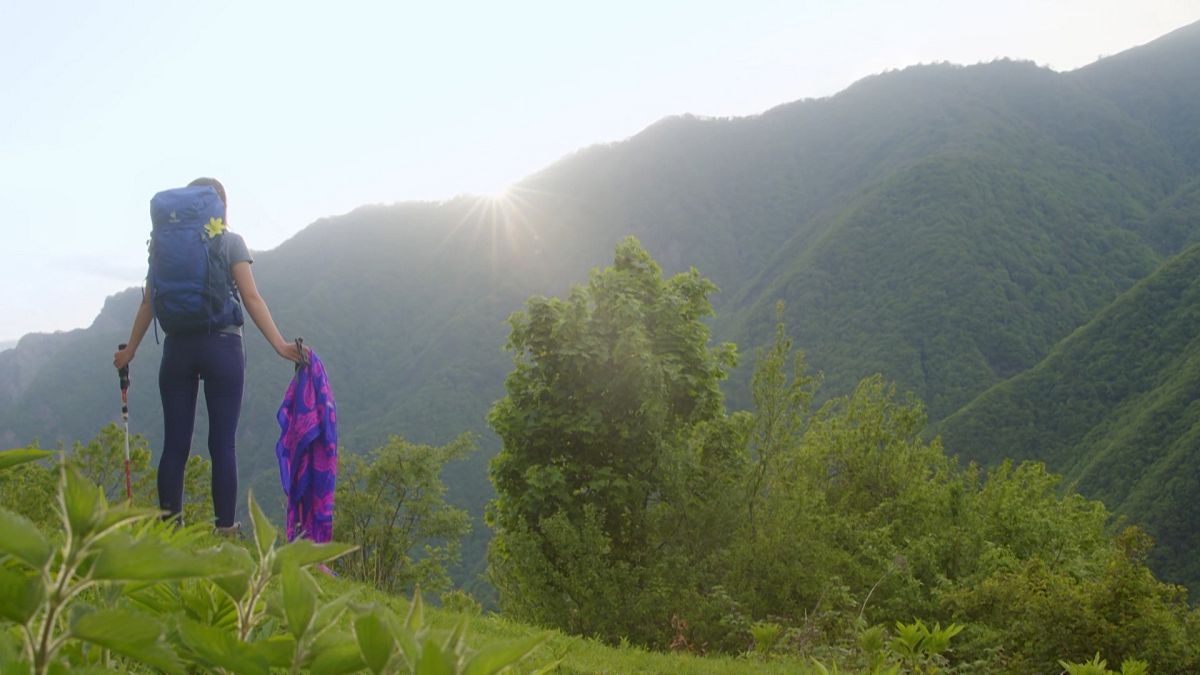The incident in Novi Sad, which left 15 dead, has triggered a wave of protests against the authorities over the past weeks.
Clashes between police and protesters continued for a second day in the northern Serbian city of Novi Sad over an awning collapse at the city’s railway station that left 15 people dead earlier this month.
Anti-government protesters on Wednesday sought to block a courthouse in Novi Sad, where the roof collapsed at the station on 1 November.
According to the authorities, riot police acted swiftly to prevent protesters from entering the building after a group of opposition lawmakers managed to enter the court in Novi Sad, the regional capital of Vojvodina.
Earlier, a similar opposition action on Tuesday resulted in an hourslong standoff, a sign of mounting tensions over the roof crash.
The railway station's massive concrete awning at the entrance crashed suddenly earlier this month, falling on people sitting on benches or standing below. Initially, 14 people were reported to have died, while three were severely injured. One of the injured people died on Sunday.
The incident triggered a wave of protests against the authorities in Belgrade, with demonstrators also demanding the release from detention of activists jailed during the recent protests over the incident.
Many in Serbia believe rampant corruption led to sloppy renovation work at the station and consequently to the disaster.
The authorities have promised a thorough investigation, and Serbia’s infrastructure minister, Goran Vesić, resigned, while President Aleksandar Vučić vowed more resignations will follow. However, no one has been arrested yet, and no charges have been brought.
The station was originally built in 1964 and has been renovated twice in recent years as part of a wider agreement with Chinese state construction companies.
Meanwhile, police detained two activists in Belgrade who were protesting against plans to demolish a World War II-era bridge that carries trams and vehicle traffic over the Sava River.
Authorities plan to build a new bridge in its place, which will take at least three years, but opposition activists have said the existing bridge should be preserved.
Reacting to the protests, the Serbian government warned against disrupting public law and order.
In a statement released on Wednesday, Interior Minister Ivica Dačić warned that the government “won’t tolerate disruption of public law and order, threats to the security of the country and state institutions, as well as attacks on police.”

 1 month ago
15
1 month ago
15






 We deliver critical software at unparalleled value and speed to help your business thrive
We deliver critical software at unparalleled value and speed to help your business thrive






 English (US) ·
English (US) ·